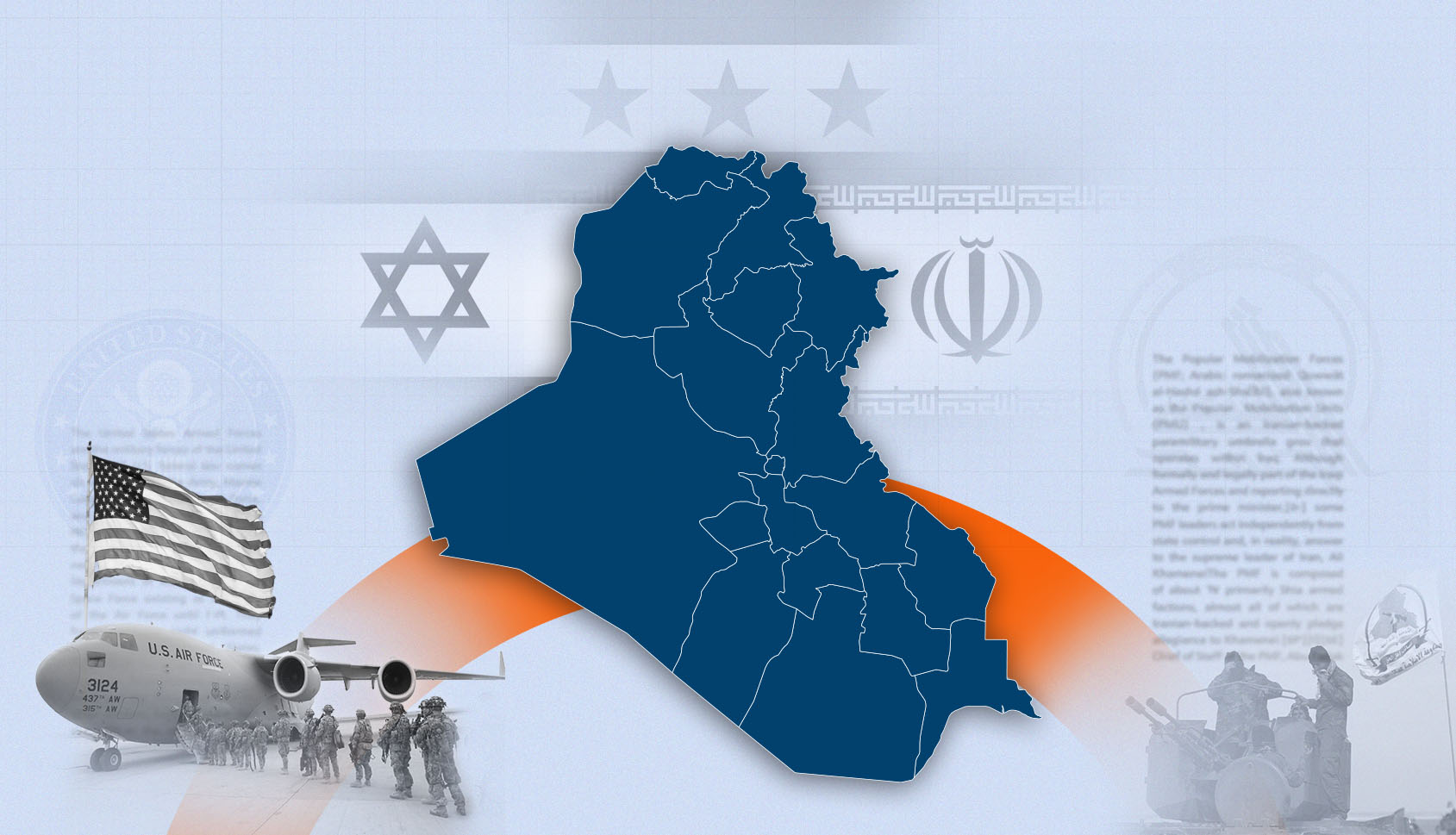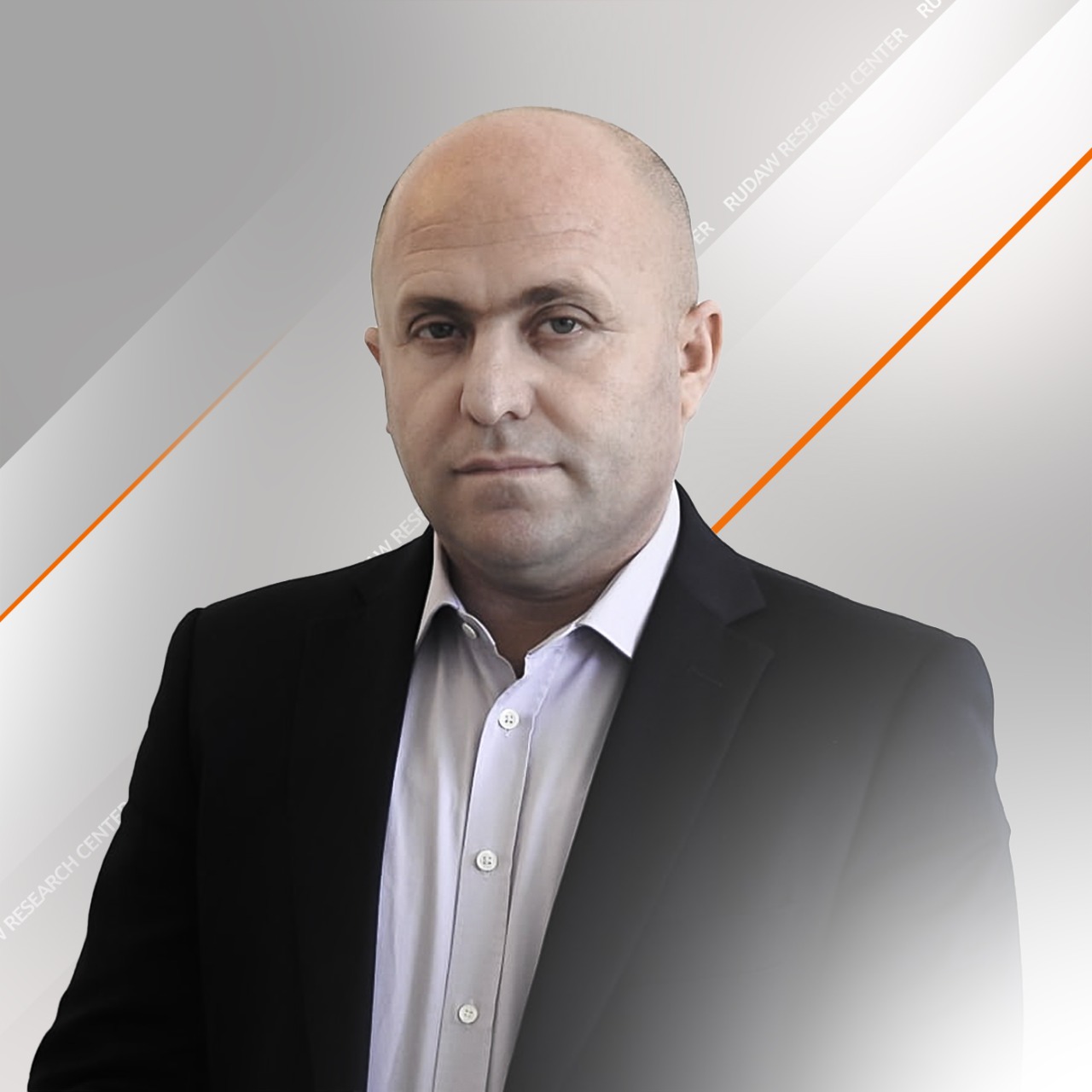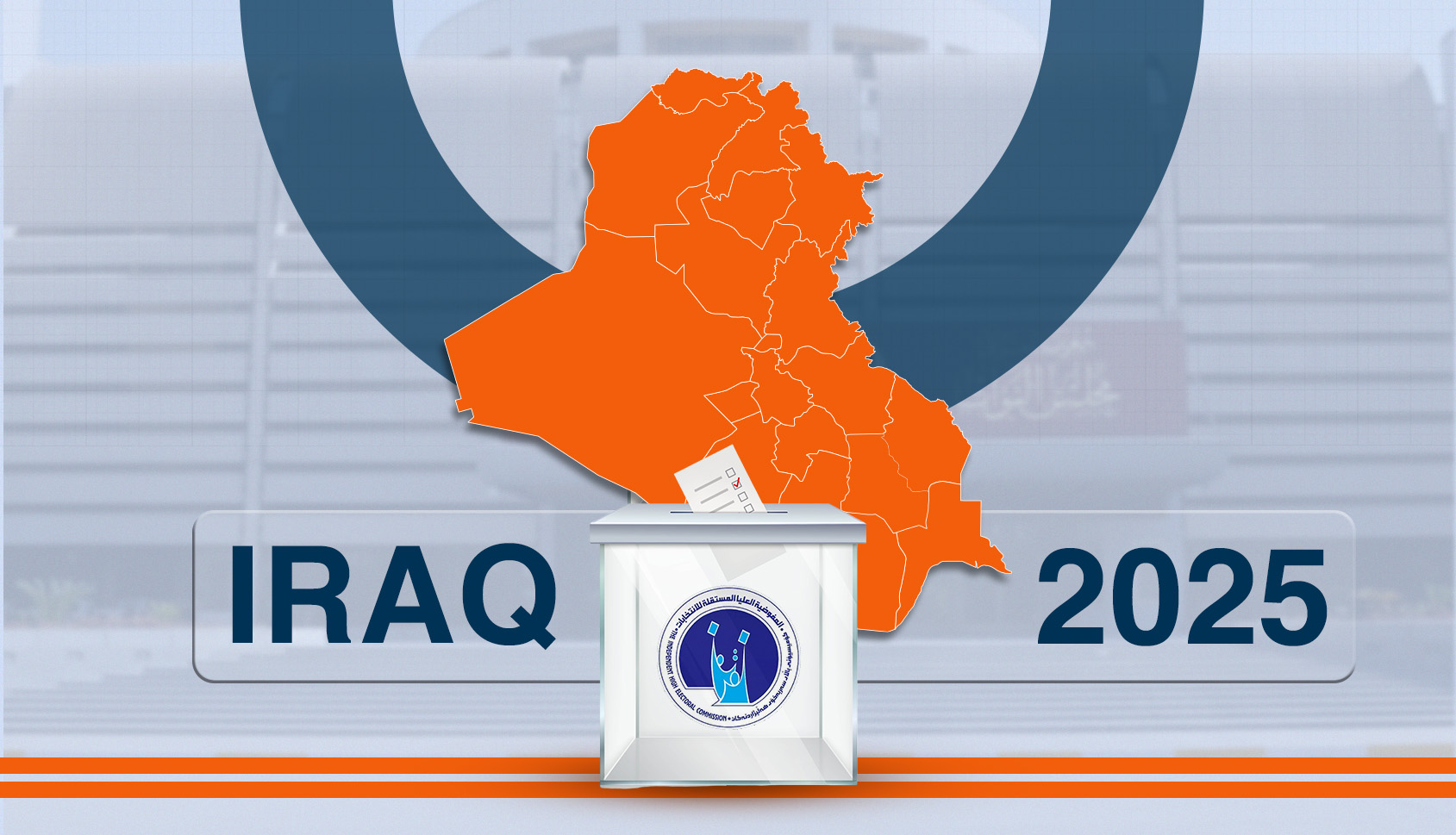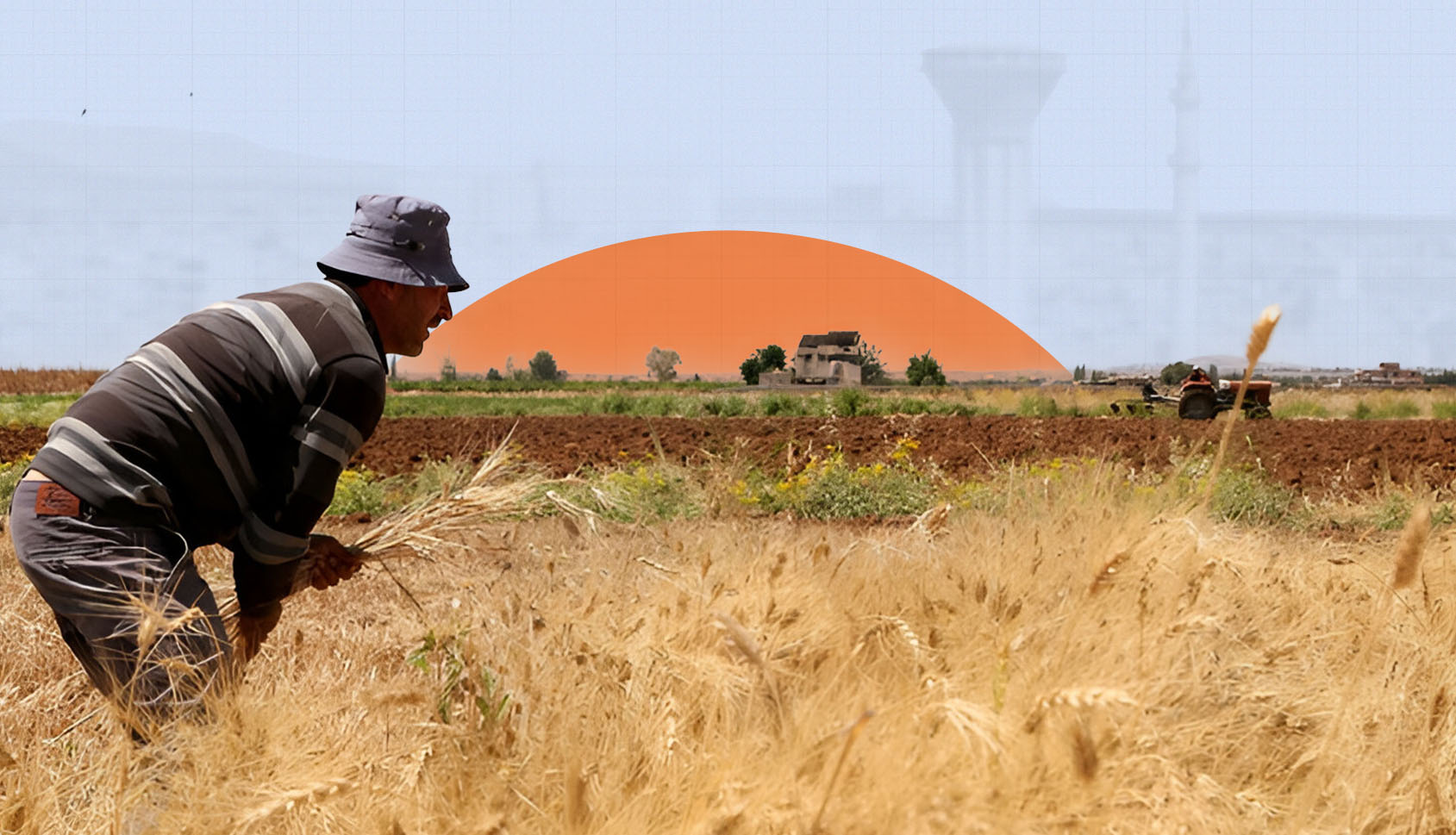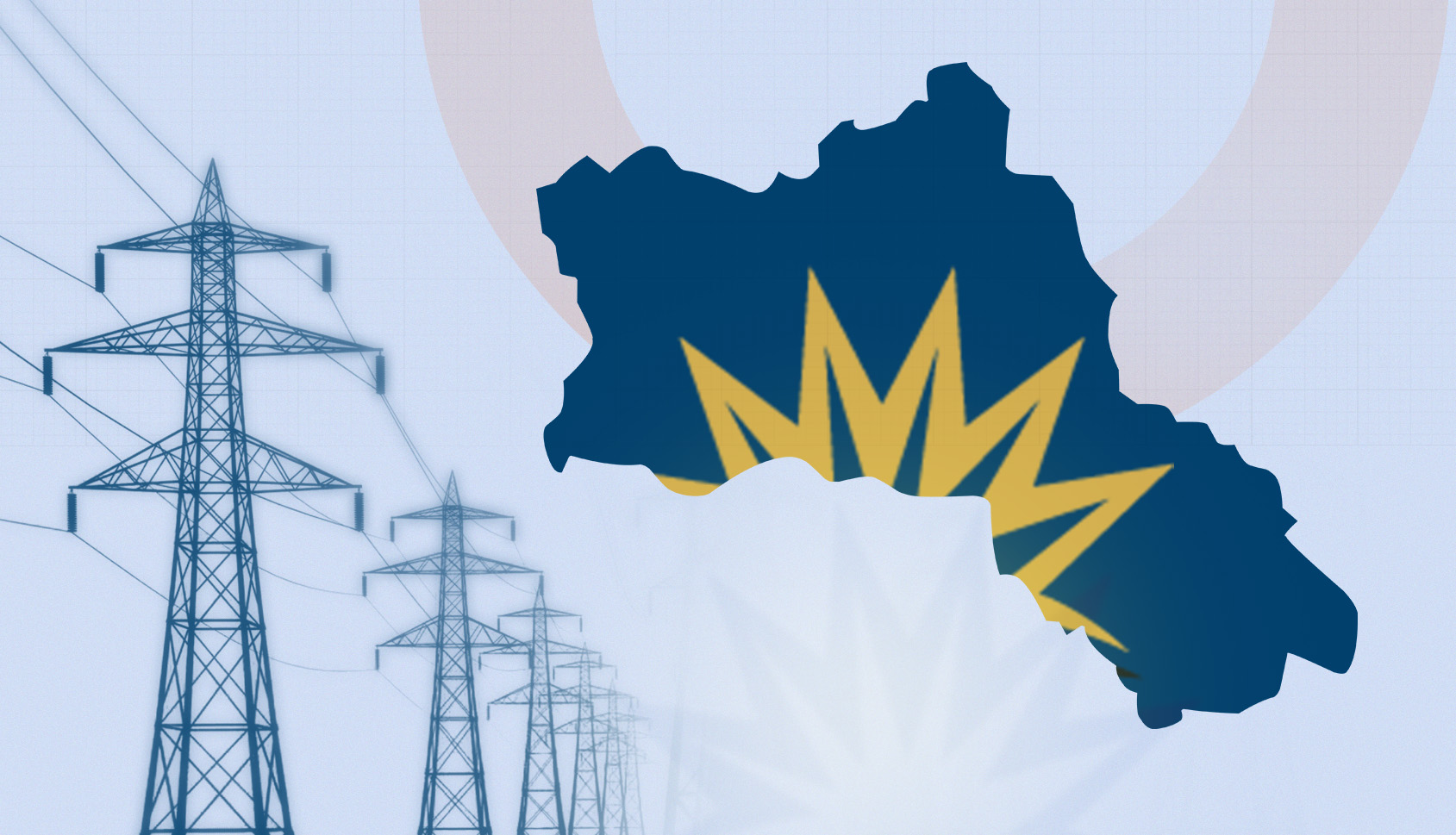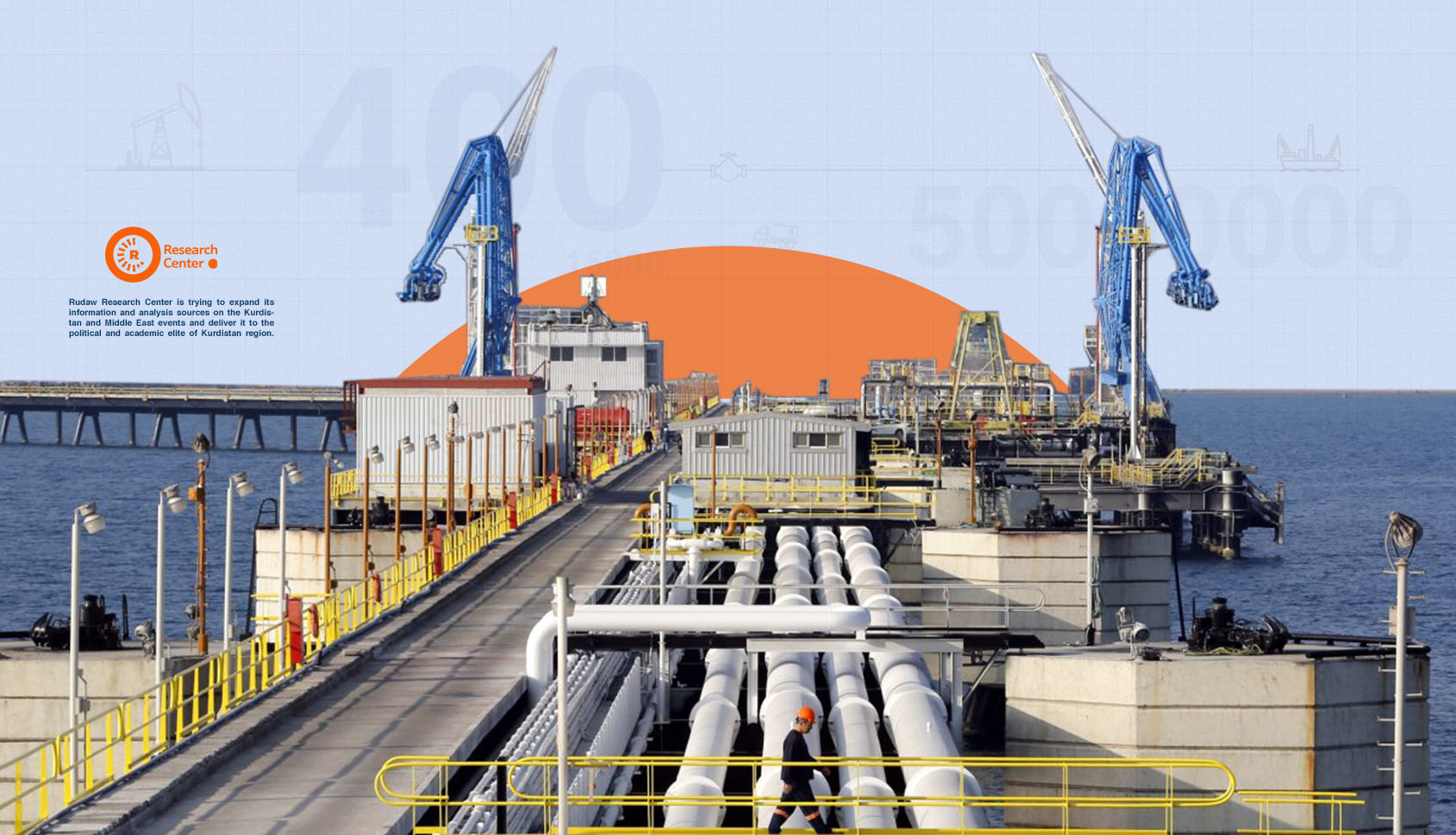The November Elections and the Strategic Uncertainties Facing Iraq and the Kurdistan Region
13-10-2025
Introduction
These days, a range of phrases are being made about the upcoming elections. Nouri al-Maliki has declared that abstaining from participation is akin to surrendering to “Satan”, while Hadi al-Amiri has described it as a “battle for survival.” Qais al-Khazali has warned of a “dangerous project for Iraq,” urging people to participate—directly opposing Muqtada al-Sadr’s call for a boycott. However, Mohammed Shia al-Sudani has adopted a different tone, appealing to voters to let him complete his “unfinished work.” Ultimately, these slogans all share the same goal: to draw people to the ballot boxes—one of the greatest challenges of this election. Yet that is not the only concern. The central question is Iraq is heading toward elections amid a state of strategic uncertainty.
In the short term—particularly over the next year—the situation will be decisive. It will determine whether Iraq’s political landscape moves toward improvement or drifts into renewed instability. This period will serve as a crucial test of whether, following the elections—and amid internal conflicts, lingering tensions, and regional confrontations—the country will move toward greater complexity or successfully navigate this turbulent phase.
Will the “Iraq First” Idea Work in Times of Crisis?
The slogan “Iraq First,” which Mohammed Shia al-Sudani may have borrowed from Donald Trump, might serve as a useful electoral message but is unlikely to hold up during potential future tensions. The phrase implies that Baghdad can prioritize its own interests amid regional turmoil as a sign of neutrality. Prime Minister Mohammed Shia al-Sudani previously stated that during the 12-day Iran-Israel war, he prevented Iraqi armed groups from launching drone and missile attacks against Israel 29 times, aiming to keep the conflict from reaching Baghdad’s doorstep. Although Sudani’s position on this issue—similar to his handling of Ahmad al-Sharaa—differs from that of armed factions and Shia leaders such as Nouri al-Maliki and Qais al-Khazali, Iraq’s distance from the 12-day war was likely more an American-Iranian product than by Iraq’s own desire.
Neither of the principal actors sought to bring the war to Iraqi soil because both used Iraq’s airspace: Israel for aircraft operations and Iran for missile strikes. Yet, amid ongoing discussions about the prospects of war or non-war, Iraq’s strategic importance in regional calculations has clearly grown—making the task of the next prime minister even more complex.
Six UN Security Council sanctions have been reinstated on Iran. In simple terms, if strictly enforced, this would mean a harsher economic environment, new obstacles to oil sales, restricted access to U.S. dollars, and greater difficulty in purchasing weapons. With the Taliban to the east and Israel’s ally Azerbaijan to the north, oil-rich Iraq has become critically important to Tehran—while remaining under close American scrutiny. Just days ago, Washington sanctioned the Al-Mohandis Company and several Iraqi bank executives on charges of financially supporting Iran. Previously, for the same reason, it had restricted Visa and Mastercard services at certain Iraqi banks and asserted that Iran could no longer smuggle oil through Iraq. Despite these pressures, Iraq remains one of Iran’s last strategic lifelines—one Tehran cannot easily abandon under U.S. pressure. Beyond its economic significance under sanctions, Iraq’s transit role has become increasingly central to Iran’s evolving regional strategy.
In general, it appears that the main lines of Iran’s policy after the 12-day war will include continued cooperation with China and Russia, the strengthening of regional relationship networks, maintaining its influence in Iraq, and finding a resolution to the missile confrontation.
Iran’s Supreme Leader has stated that the country’s conflict with the United States has “no solution,” adding that those who advocate dialogue are viewing the matter superficially. This position seems to reject comments from the reformist camp and figures such as former President Hassan Rouhani, who argued that reducing tensions with the United States is “obligatory.”
At the same time, the President of Iran appointed Ali Larijani as Secretary of the National Security Council—a figure widely regarded as one of the principal architects of Iran’s “Look to the East” policy. Larijani played a significant role in formulating both the 25-year cooperation agreement with China and the 20-year strategic agreement with Russia.
The dismissal of Ali Akbar Ahmadian and Larijani’s appointment in his place, along with the addition of Ali Shamkhani and Saeed Jalili to the Defense Council, may signal that Iran’s domestic policy is leaning toward the ultra-conservative faction, of whom Saeed Jalili may be a key representative, of the political establishment rather than the reformists.
At the strategic-military level, although Iranian officials continue to emphasize uranium enrichment and the extension of missile range, the country may now be prioritizing land and maritime strategies, regardless of whether open conflict occurs. Ali Shamkhani has a background as commander of Iran’s naval forces, and Ali Larijani—a former Revolutionary Guards commander born in Najaf—embodies Tehran’s enduring historical and cultural ties with Iraq.
After assuming his position, Larijani made his first foreign visit to Iraq and Lebanon. Likewise, Mohammad Bagher Qalibaf, Speaker of the Iranian Parliament and also a former military commander, declared, “If we don’t fight Israel in the Golan, we will have to fight in Jalawla.” Larijani also remarked in an interview that Iran does not create resistance groups but supports them.
Taken together, these developments underscore the high level of importance that Iraq and the Kurdistan Region hold in Iran’s strategic calculus. Similarly, Israeli Prime Minister Benjamin Netanyahu, during his address to the United Nations, openly threatened the leaders of Iraqi armed groups should they attack Israel, as he put it.
Iraq’s Fear of Syria: The Strengthening of Clans and the Possibility of an ISIS Resurgence
In late September, the U.S. Department of Defense began relocating its forces from Iraq to the Kurdistan Region. On one hand, this move strengthened Prime Minister Sudani’s position against the rhetoric of armed groups that had made U.S. withdrawal a central condition. On the other hand, it may embolden Iran-aligned factions to operate more freely than before. Washington has described the move as a “responsible transfer”—a pointed reference to the controversial U.S. withdrawal from Afghanistan, which former President Trump frequently criticized. Yet, this shift may draw attention to the possibility of another Sunni resurgence in Iraq, especially now that a Sunni-Islamic authority is consolidating its foothold just across the border. The United States has also made a significant strategic shift—from the traditional “war on terror” toward selective engagement with groups it once labeled as terrorists. In Afghanistan, Washington is reportedly seeking an arrangement with the Taliban over the Bagram Air Base, while in Syria, it has considered coordination with Jolani to counter Iran’s regional influence. Such developments have created deep unease among Iraq’s Shia leaders.
Meanwhile, the march of thousands of Syrian Bedouin tribal fighters toward Suwayda in July of this year—although primarily a Syrian internal matter—has implications for Iraq, as many of these fighters have family ties across the border to Iraq. Beyond that, it can also be viewed as a potential model for a renewed Sunni political resurgence. Recently, Syrian President Ahmed al-Sharaa appointed Abu Ahmad Zakour, the former leader of HTS, as his advisor for tribal affairs. This move may signal the institutionalization of tribal influence in the politics of post-war Syria. The tribes have already proven to be domestically useful for Sharaa to exert pressure on the SDF and the Druze, but the question for Iraq is what might happen if Damascus one day employs these tribes as instruments of its foreign policy.
Beyond the tribal issue, ISIS remains a significant threat to Iraq. Approximately 1,500 ISIS fighters continue to operate in Iraq and Syria, while thousands more remain imprisoned in Syria. Around 30,800 individuals linked to ISIS—fighters and family members—are still held in the Roj and al-Hol camps under SDF control, including 8,072 Iraqis, despite several rounds of repatriation. Iraq’s concern lies less with Syria’s present condition and more with its future trajectory—both in terms of ISIS and the growing tribal dynamics. In response, Baghdad has begun constructing a border wall with Syria and is closely monitoring development; also, in the short term, the fate of the SDF is important. Questions such as whether the SDF, under a different name, will protect all or part of Syria's borders—like those proposals currently being discussed as a middle-ground solution between dissolving and maintaining the SDF—or whether it will be integrated into the Syrian army in some other way, whether a military force will be created for Bedouin tribes or not, are among the questions whose answers Iraq may also be interested in.
Conclusion
Fear and anxiety about the impact of regional developments on Iraq, the Sudani phenomenon, and Sadr’s boycott are among the most significant factors likely to shape the election results—issues that also draw the attention of regional and international actors. Out of a total of 29,450,000 potential voters in Iraq, only 21,404,291 are officially eligible to vote, and about 19 million have obtained biometric cards. This means that approximately 10.45 million Iraqis will be excluded from participation. Moreover, it remains uncertain what proportion of the remaining 19 million will actually cast their ballots. If, generally speaking, around one million voters abstain due to Sadr’s influence, and if overall turnout reaches about 50%—which would already be considered high—the final results would represent only one in three Iraqis. Such an outcome could pose a serious challenge to the legitimacy of the political system. The second point is how traditional Shia groups will confront Sudani, whom they initially brought to power as their person and now see as an important competitor. Some traditional Shiite groups in 2021 turned toward inactivity in the electoral competition with Sadr, and it appears that this time Sudani may also be able to discourage another segment of them, but that does not mean he can easily become Prime Minister again.
For Shia groups, as well as for Kurds and Sunnis domestically—and for Türkiye, Iran, Israel, the United States, Europe, and the Gulf states externally—the identity of Iraq’s next Prime Minister carries considerable importance. While current political dynamics may seem to favor Sudani, he is certain to face opposition from his Shia rivals, even if he enjoys notable international support. Therefore, it is reasonable to anticipate intense post-election negotiations over the premiership, unless unexpected results emerge from the ballot boxes. Whatever the eventual outcome of both the elections and the ensuing negotiations, Iraq’s future continues to be overshadowed by a profound strategic uncertainty.

